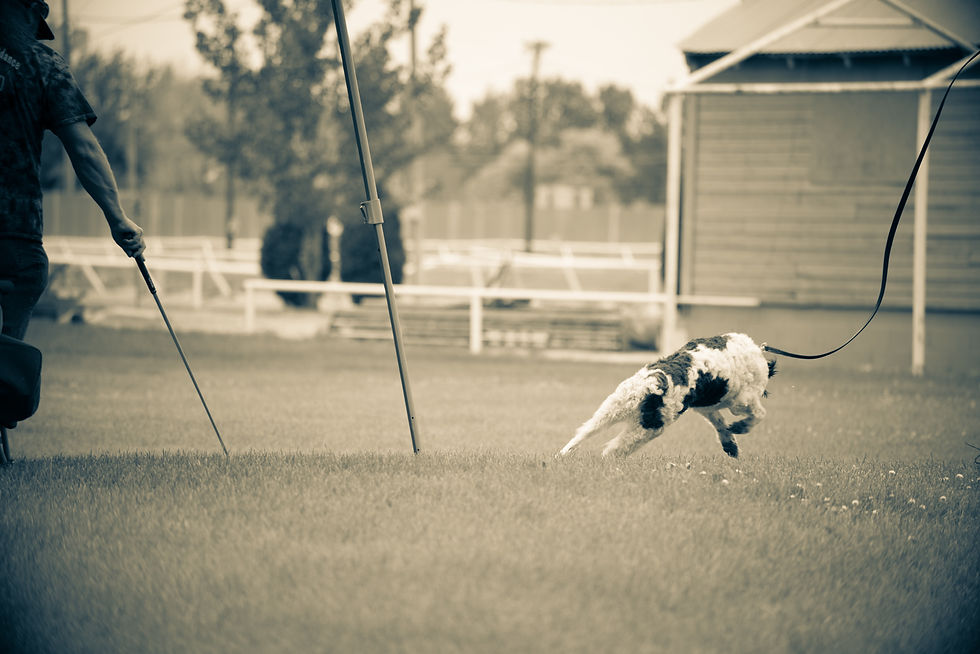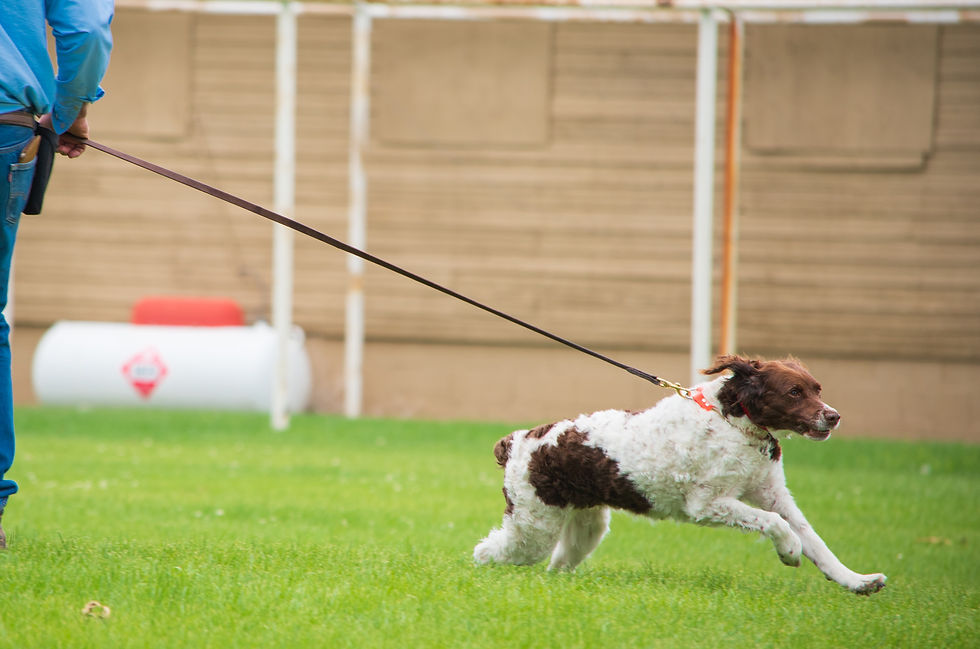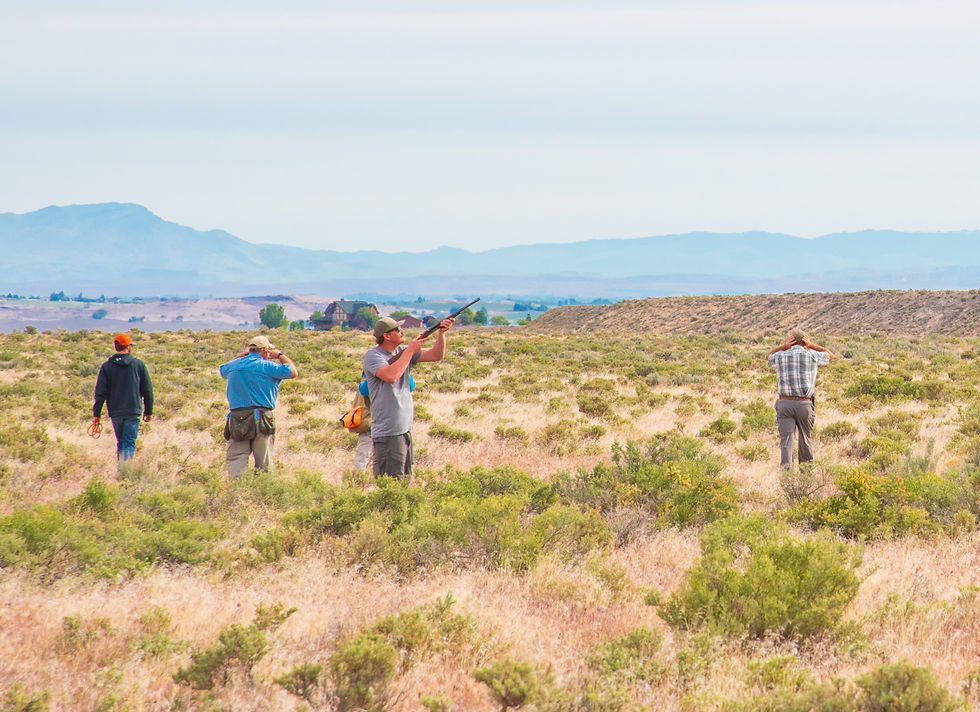Rattlesnake avoidance training 6.27.20
- KatieInwards

- Jul 6, 2020
- 2 min read
High desert pointing dog club
GetRattled, Rattlesnake Avoidance Training for dogs aims to ensure your dog and yourfamily never has to go through the tragedy of a Venomous Bite which can causeexcruciating pain, permanent physical damage, Thousands of dollars in expense, and evenDeath! GetRattled training will bring you peace of mind that your dog will avoid adangerous rattlesnake encounter.

At our training classes, we create a course with different stations to expose and focus your dog’s attention on various aspects of rattlesnakes, focusing their attention on the sight, sound and smell of rattlesnakes. There are countless different scenarios in which your dog may find a rattlesnake, so we like to prepare for a wide variety of these. Our first station is a live rattlesnake out on the ground to make that initial encounter as natural as possible. Other stations include caged rattlesnakes for sound and primarily scent as well as snakes to give a different visual facets such as stretched out vs. coiled. At the conclusion, your dog is tested and if they respond by showing strong avoidance of the snakes, they pass.

Dogs are taken through the course one at a time to give them the individual attention necessary for successful training. Our trainers will ask details about your individual dog so that we can accommodate to their specific characters. We do employ the use of electronic collars because it is long proven to be the most effective, and possibly only effective tool for this particular training. The collar is adjusted to suit each individual dogs needs. Many people have concerns over the use of the e-collars, however in the hands of a trained professional, they are extremely safe and efficient.




Safety is of paramount concern, so the rattlesnakes we use out in the open have had their venom ducts surgically removed by a licensed veterinarian. This is a minimally invasive procedure that does no long term harm to the snakes, and in fact, some of our original venomoid snakes, which have been retired, are over 15 years old! Some trainers use muzzled rattlesnakes which has proven effective, however in our experience, we have found that handling snakes to muzzle them not only causes additional stress to the snakes, but these snakes that have been muzzled learn very quickly that they are unable to use their bite for defense and as such, act defeated instead of coiling into a defensive pose and rattling to warn you as they would naturally in the wild.














Comments